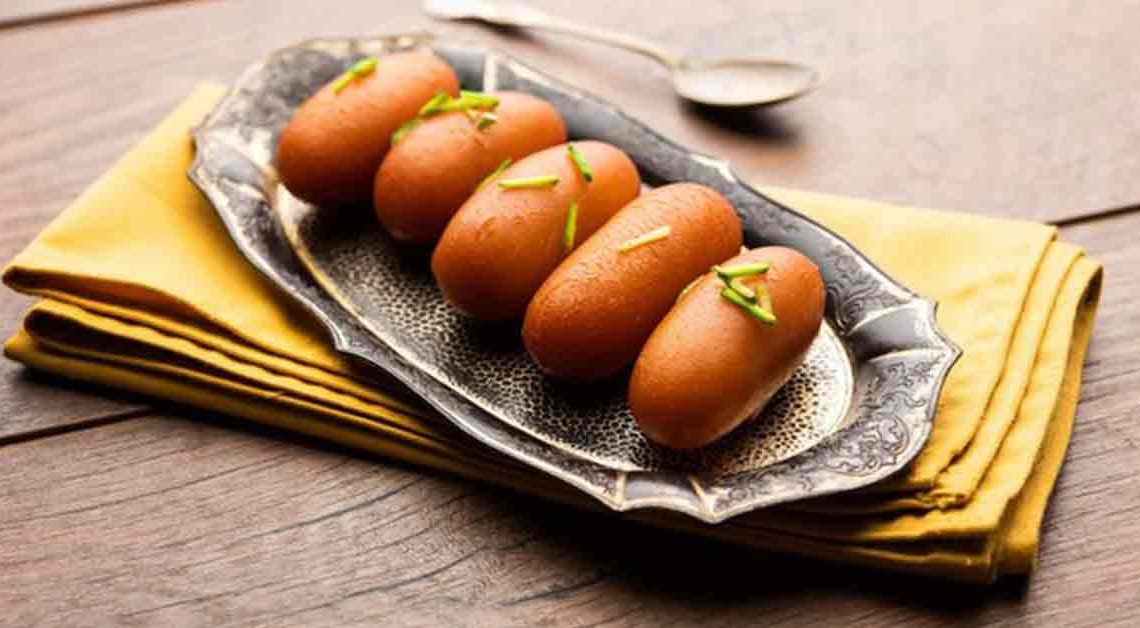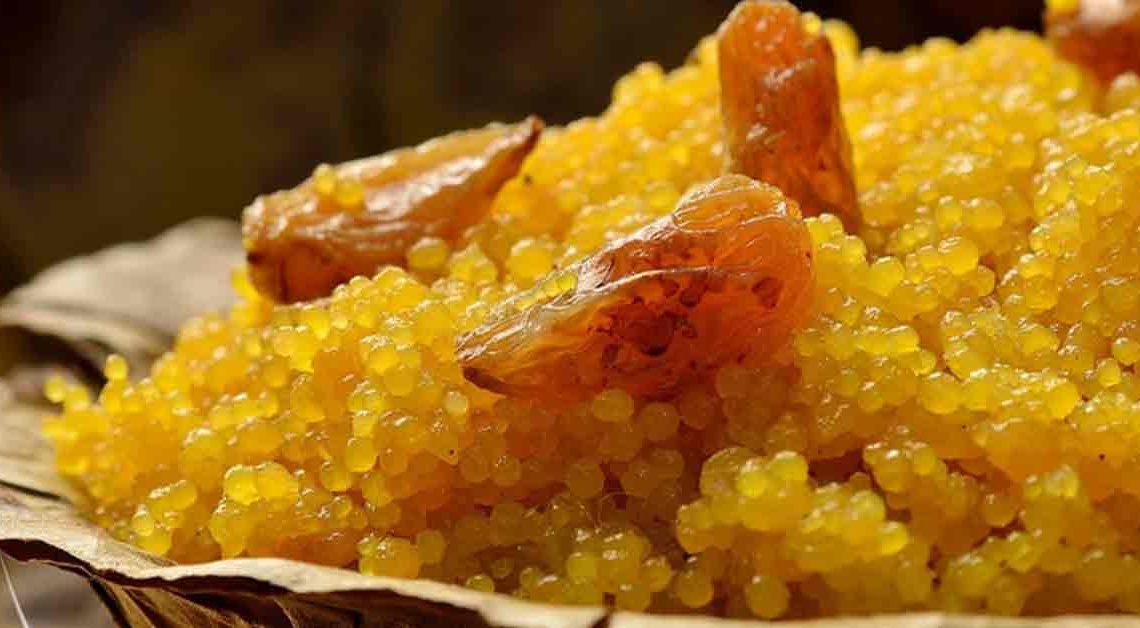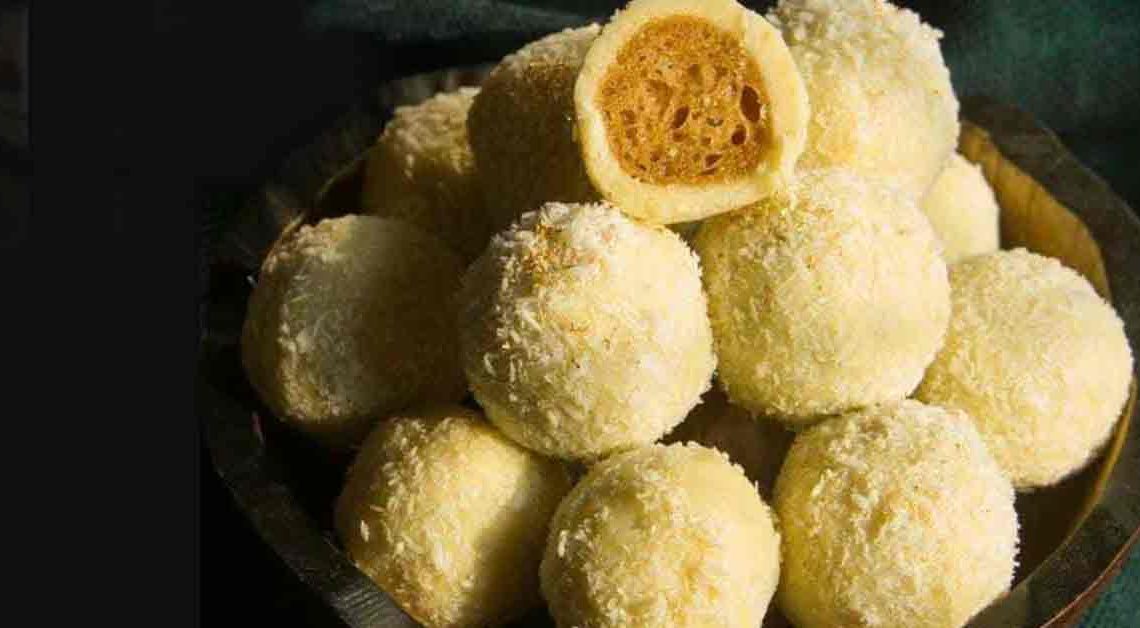Savoring Tradition: The Story of Langcha

Introducing the delectable world of Langcha Sweet on Mithainama! Step into a realm where traditional Indian sweets blend history with flavors, and stand out as a timeless delight. Originating from the culturally rich state of West Bengal, this sweet treat has captured the hearts and taste buds of many with its unique shape, irresistible sweetness, and rich texture.
Join us on a journey to unravel the secrets behind this iconic sweet. Explore the history and cultural significance of Langcha, dating back to the royal kitchens of Bengal. Discover the artistry and skill that goes into making each piece, from kneading the dough to shaping it into the signature elongated form.
Our blog will not only tantalize your taste buds with tempting recipes but also delve into the stories and legends that surround this beloved sweet. Whether you’re a seasoned foodie or an adventurous home cook, there’s something for everyone to savor and enjoy.
Let’s embark on a sweet adventure together as we delve into the world of Langcha Sweet!
Origin of Langcha
Langcha, a popular sweet from West Bengal, India, has a fascinating origin story that dates back to the 19th century. Legend has it that a sweet maker in the town of Shaktigarh, known for its sweets, accidentally created it while attempting to make another sweet called Ledikeni. The sweet maker, named Bhairab Chandra Nag, forgot to add baking soda to the Ledikeni batter, resulting in a thicker consistency. To salvage the batch, he shaped the dough into long, cylindrical shapes and deep-fried them. The end result was a delicious sweet with a crispy exterior and a soft, syrupy interior.
The name is said to have originated from the word “Langda,” which means lame or disabled in Bengali. The sweet’s elongated shape and uneven surface resemble a lame person’s leg, hence the name.
Despite its humble beginnings, it quickly gained popularity for its unique texture and sweet taste. Today, it is a staple in Bengali sweets shops and is enjoyed by people across India and beyond.
History of Langcha
It is deeply rooted in the culinary traditions of West Bengal, India, where it has been cherished for generations. This iconic sweet is believed to have originated in the town of Shaktigarh in the Bardhaman district of West Bengal. Shaktigarh has long been renowned for its rich tradition of sweet-making.
The story is an interesting one. Legend has it that a sweet maker in Shaktigarh was attempting to make another popular sweet called Ledikeni. However, he forgot to add baking soda to the Ledikeni batter, resulting in a thicker consistency. To salvage the batch, he shaped the dough into long, cylindrical shapes and deep-fried them. The end result was a delicious sweet with a crispy exterior and a soft, syrupy interior.
The name “Langcha” is said to have originated from the word “Langda,” which means lame or disabled in Bengali. The sweet’s elongated shape and uneven surface resemble a lame person’s leg, hence the name.
Cultural Significance
It holds significant cultural importance in the state of West Bengal, India, where it is revered as more than just a sweet treat. Its popularity extends beyond its delectable taste to its role in various cultural and social contexts:
Festivals and Celebrations: It is an integral part of Bengali festivals and celebrations, such as Durga Puja, Diwali, and weddings. It is often served to guests as a symbol of hospitality and goodwill.
Traditional Cuisine: In Bengali cuisine, it occupies a special place among other sweets. It is often offered as prasad in temples and used in rituals and ceremonies.
Cultural Identity: It is a symbol of Bengali culinary heritage and craftsmanship. Its unique shape and flavor represent the creativity and skill of Bengali sweet makers, making it an essential element of Bengali identity.
Where is Langcha Famous?
Langcha, a delectable sweet from West Bengal, India, is primarily famous in the regions of Bardhaman and Shaktigarh. These areas are renowned for their rich tradition of sweet-making and are considered the birthplace of Langcha.
Within West Bengal, it holds a special place in the hearts of locals and is widely enjoyed across the state. It is a staple in sweet shops and confectioneries, where it is often sold alongside other traditional Bengali sweets like Rasgulla, Sandesh, and Mishti Doi.
While it is primarily concentrated in West Bengal, its popularity has spread beyond the state’s borders. In major cities across India, you can find Bengali sweet shops and restaurants offering it as a specialty item, catering to the cravings of Bengali expatriates and sweet enthusiasts alike.
Interesting Facts and Trivia
- It is said to have been created accidentally by a sweet maker in Shaktigarh, West Bengal, who was trying to make another sweet called Ledikeni but forgot to add baking soda. This mistake led to the creation of Langcha.
- The name “Langcha” is derived from the Bengali word “Langda,” which means lame or disabled. The sweet’s elongated shape and uneven surface are said to resemble a lame person’s leg, hence the name.
- It is known for its distinctive shape, which is elongated and often irregular. It has a crispy exterior and a soft, syrupy interior, making it a unique and delightful sweet to enjoy.
- With the increasing popularity of Indian sweets worldwide, and has also found its way into international markets. It is now exported to various countries, allowing people around the world to enjoy this delicious Bengali sweet.
- In 2017, it received the Geographical Indication (GI) tag, which recognizes it as a unique and authentic product of a specific geographical origin, further highlighting its importance in Indian culinary heritage.
Did You Know?
Did you know? Langcha, the iconic Bengali sweet, not only delights the taste buds but also offers surprising health benefits! Here’s why indulging in this delectable treat might just be good for you:
- It is made from khoya, which is a significant source of calcium. Consuming it can help promote healthy bones and teeth.
- The combination of carbohydrates and sugars in Langcha provides a quick energy boost, making it an ideal snack to refuel during busy days or after physical activities.
- Like many sweets, Langcha can trigger the release of serotonin in the brain, which is known as the “feel-good” hormone. Enjoying a piece can lift your spirits and improve your mood.
- While Langcha is sweet, it typically contains moderate levels of sugar compared to other desserts. Enjoying it in moderation can satisfy your sweet cravings without causing a dramatic spike in blood sugar levels.
- Treating yourself to Langcha on special occasions or during festivals can contribute to a balanced approach to eating, allowing you to enjoy the pleasures of food while still maintaining a healthy lifestyle.







